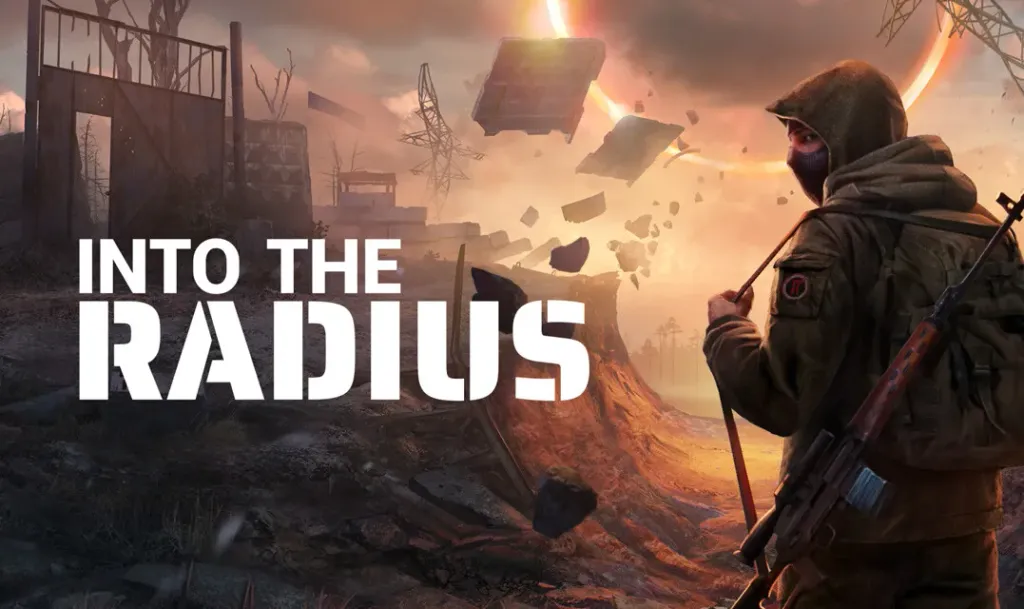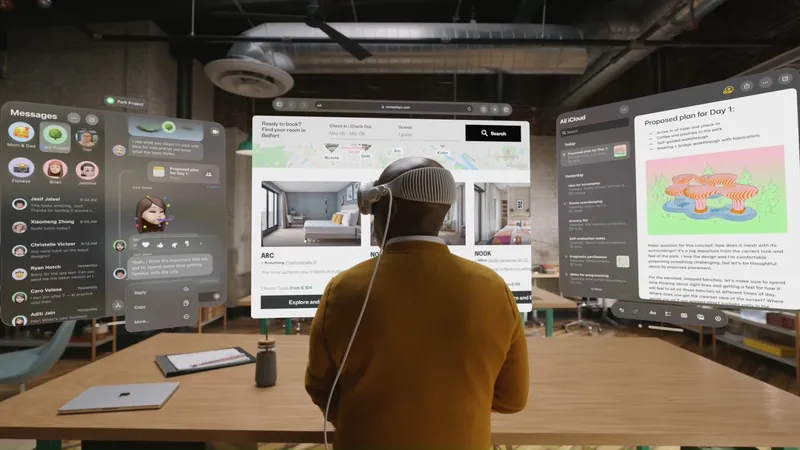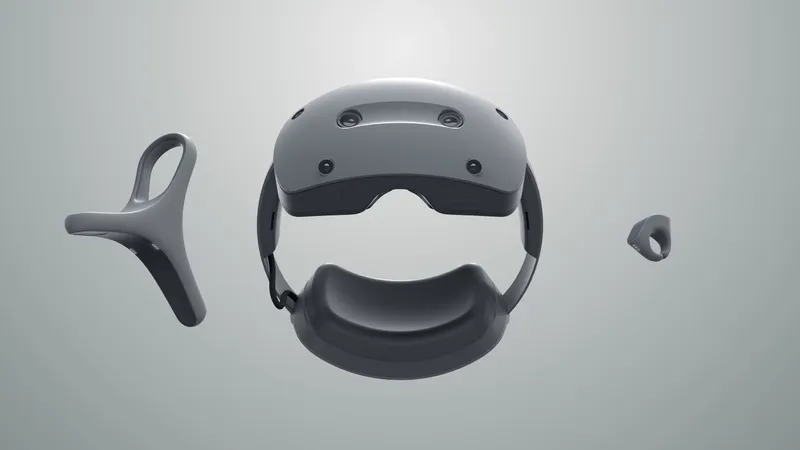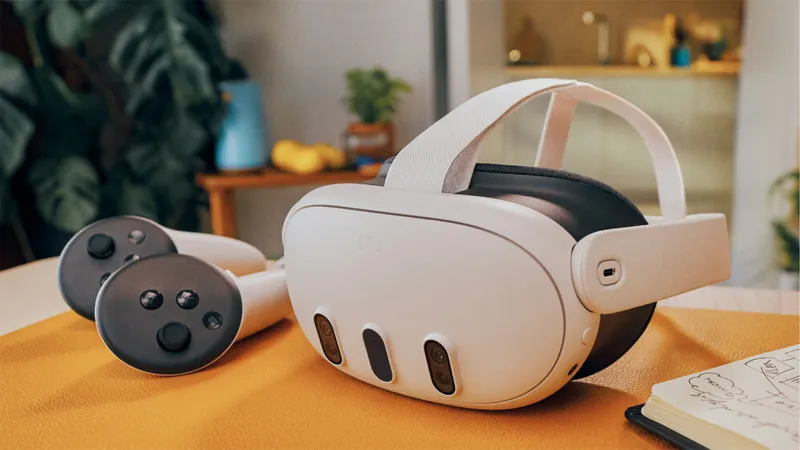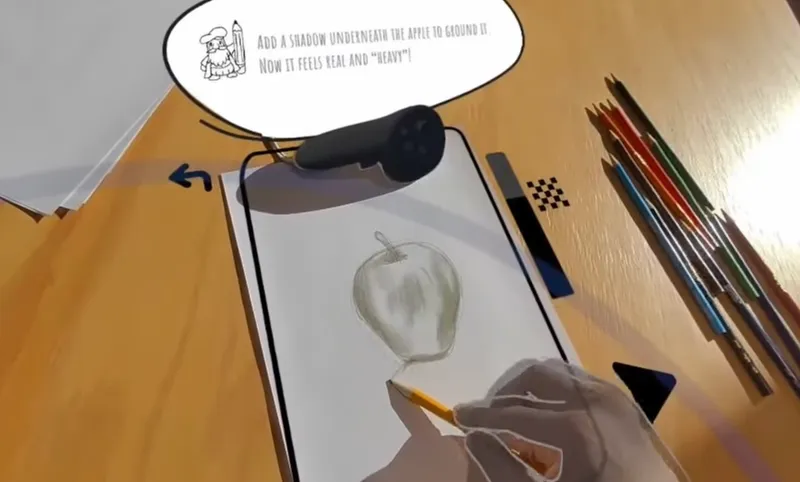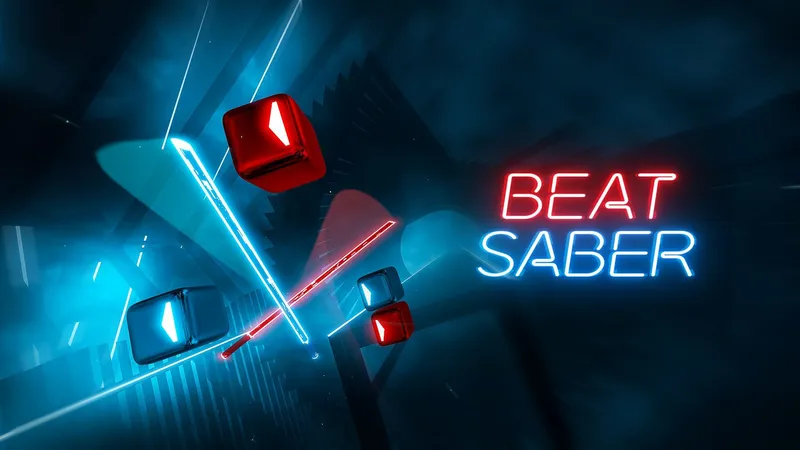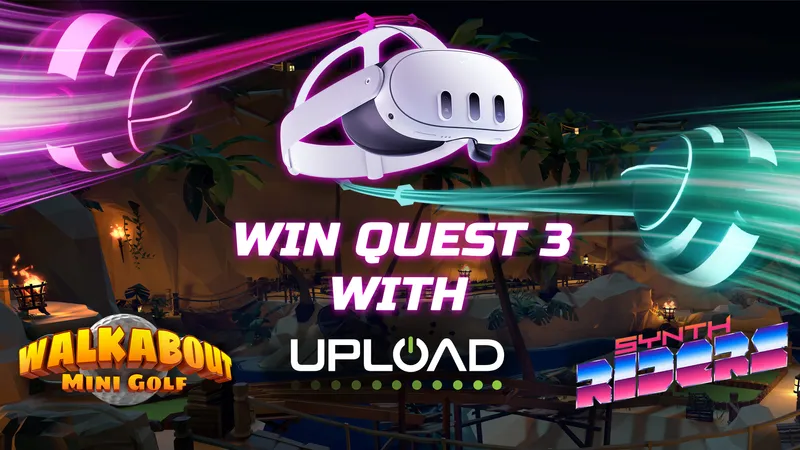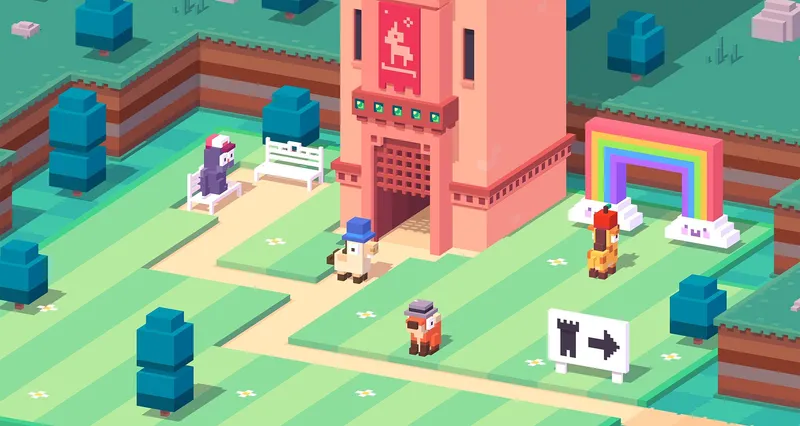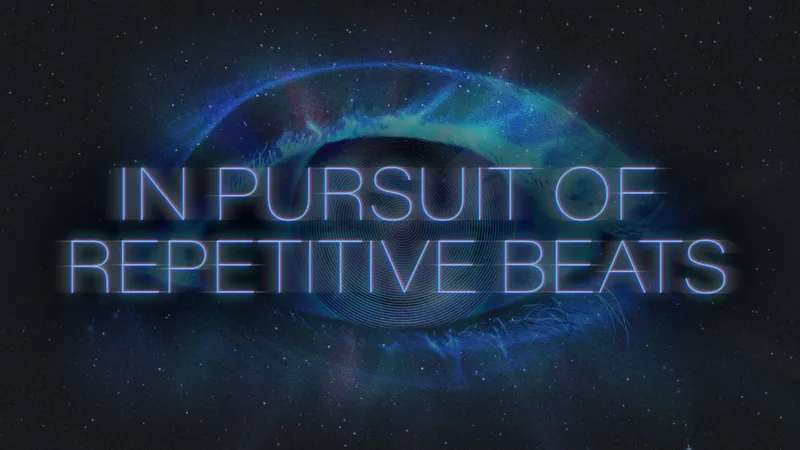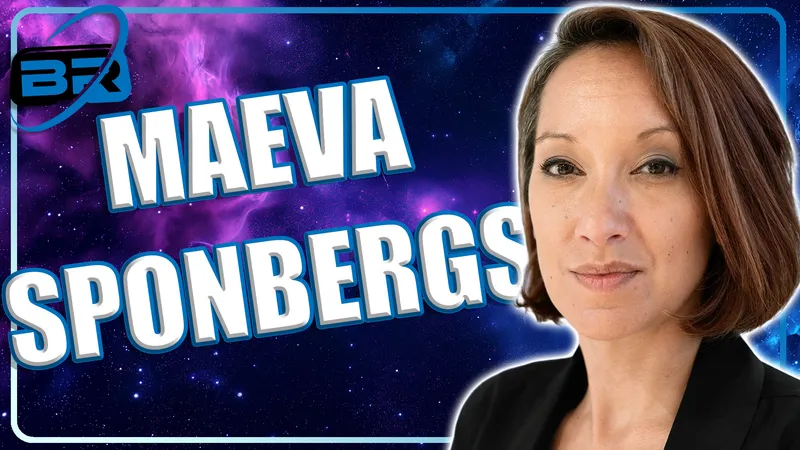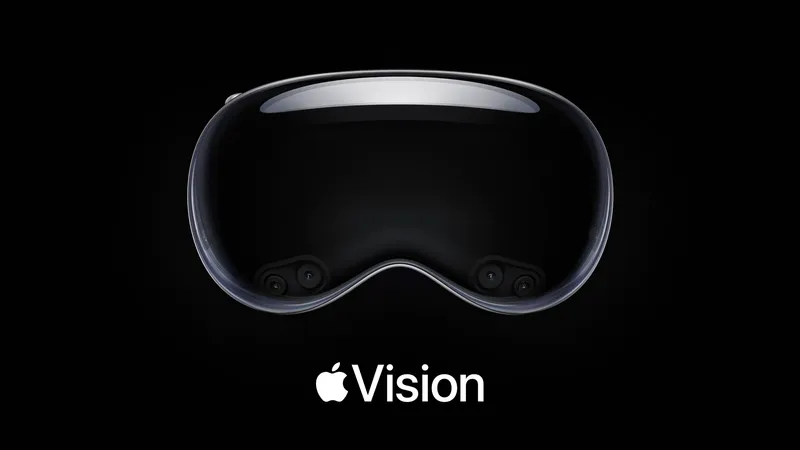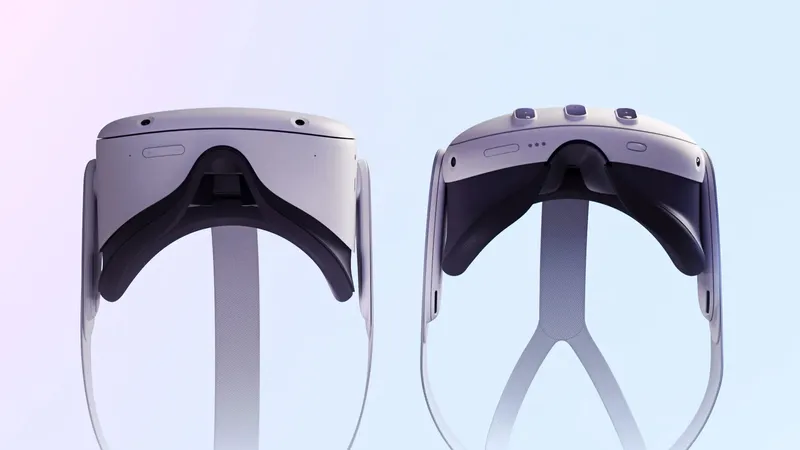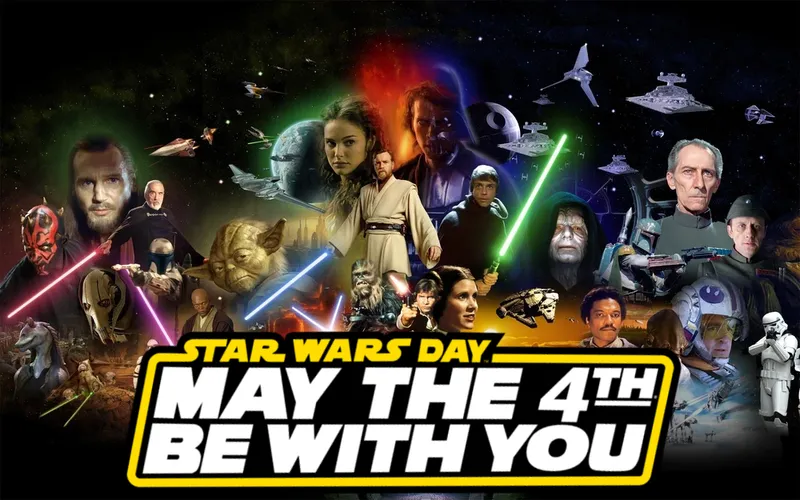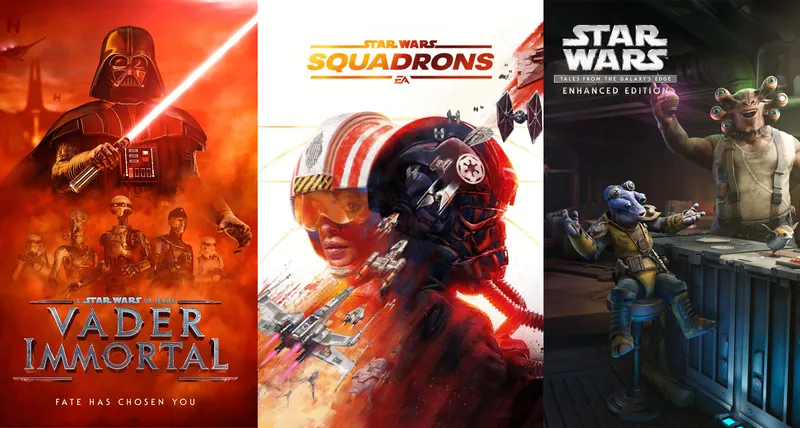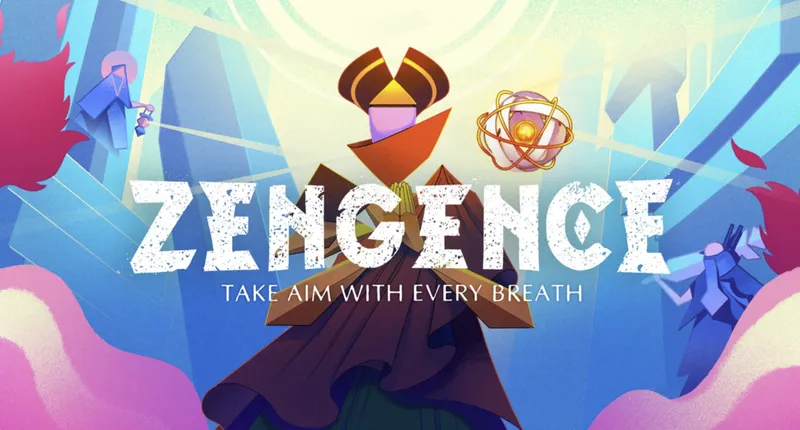The market for media content creation covers all types of games, but each segment – PC, consoles, mobile and VR – has its own quirks. This is how our team at CM Games worked with VR creators and influencers to build engagement for Into the Radius after it left early access on Steam and during its launch on Quest 2.
The following piece is an unpaid guest post written by Konstantin Kruglov, Senior Community and Support Specialist at CM Games and edited by UploadVR, with edits approved by CM Games ahead of publication.
The VR market is very compact, featuring a few prominent players: Meta (with its family of Quest headsets), Valve Index, HTC Vive, Pico (popular in China) and PlayStationVR (quite challenging to get access to). Relative to PC or consoles, big releases aren’t as frequent on VR platforms. The Meta Quest Store, for example, only has around 500 titles available, four years after its inception in 2019.
There aren't many VR content creators, either. Some play all VR games, some focus on specific games like Beat Saber, and others play both VR and non-VR games. Creators and influencers are willing to collaborate, but everyone's terms are different.
Contacting Creators & Influencers
Our way of reaching out to creators has evolved. When we started, Into the Radius had been out of Early Access on Steam for months. We'd seen a few people making videos about the game, but they weren’t frequent. We maintained open communication with the community, responding to feedback on Steam, checking Discord and forums, and often leaving replies in threads or DMing players to clarify details. In the beginning, we did this because the team was small and our ranking on Steam after we left Early Access was in a sorry state, so we were relying a lot on feedback from community enthusiasts. Still, it later became a habit and a strategy that was well-received by players.
When exploring paid promotion options, we’ve previously been quoted rates of around $20,000 when inquiring with VR/tech influencers (with subscriber counts of over 300,000) on YouTube. Instead, we decided to work with smaller influencers offering paid reviews for less than $1000, which yielded modest results.
So we changed our strategy and began to:
- Contact the creators who had already played our game, thank them, send them the keys, and help with information and sources whenever possible.
- Connect with the creators who make videos about similar VR games and/or stream them — introduce them to our game, offer to try it, send them the keys, release/demo information.
- Notify those we are already communicating with about our VR title updates and demo releases.
- Ask for contacts from other VR creators if they know someone they think will like our game and expand our contact list.
- Get creators' opinions on updates and potential features. We try to be honest in this matter and never promise something we think is impossible or will take a long time. If we ask players for their opinion, it is crucial to be able to explain our decisions regarding game design and content. And, of course, it's essential to let the person feel that what they share won't go unheeded.
And that's the loop we've been following ever since.
We are always in touch with the creators, which helps us expand the audience and get more feedback. Here are our recommendations when getting in touch:
- VR creators are often willing to give you feedback on a project during the very early stages of development. If you only have an idea for 10 minutes of gameplay, give it your best effort, and you'll find a dozen people willing to try it out. Don't hesitate to ask; the worst thing you'll get is a refusal. There's always a chance that someone who isn't interested in racing games might know someone who is, and they'll be happy to give you that early feedback.
- Reach out to people personally; mass mailings only work if your announcement is already big news (for example, when it comes to releasing an already well-known game on a new platform/headset).
Organic Marketing & Paid Campaigns
When we launched Into the Radius on Meta Quest 2, we explored both paid and free marketing options.
Originally, we planned to strike deals with Twitch streamers who were already familiar with VR. We were asking them to play Into The Radius for about two hours, keeping in mind that longer gaming sessions in VR remain difficult for some due to motion sickness.
We chose who to work with based on Twitch concurrent viewers (CCV) and a list of games the users had streamed in the last 90–180 days. The campaign started after the release on Quest 2, so we could provide the streamers with a revised, post-launch version of the game.
We ended up making an agreement with eight streamers. In some cases, the streamers knew what they were doing, had played the game before the stream, and had a helping hand from co-hosts. In other cases, the experience became a way for us to see the game from a different perspective – all the unpolished parts of the opening hour made themselves clear when a player’s only context was a few sentences from the game’s description.
Initially, we wanted the streamers to play the Quest 2 version of Into the Radius specifically. It was a requirement that everyone agreed to, but it wasn’t tested live until a few days before the campaign and it didn’t end up working for most of them. Streaming from Quest 2 is a challenge and most streamers are set up for PC VR, not Quest. As a workaround, we allowed everyone to stream the PC VR version of the game and asked them to emphasize that the game was just released and available on Quest 2 instead.
Those Twitch streams became part of a larger two-week marketing campaign, during which we attracted the attention of various other creators and players. hanks to the eight paid Twitch streams, we were able to attract tens of thousands of concurrent viewers in English and Spanish during the short post-release window, which subsequently had an impact on sales (though it's hard to measure the exact effect).
Measurable Impact
In addition to paid marketing, we also owe a prominent part of our success to creators who made videos about our game (and continue to do so) independently, without us asking. Looking at our statistics, we can see a correlation between an increase in sales/wishlists and relevant YouTube videos with over 100k views. We found those videos had a similar impact as a small 2-3 day Steam sale.
TikTok remains uncharted territory for us, but we're currently following a similar pattern to connect with creators using the platform. We've noticed that our TikTok account has 90% more views than YouTube Shorts. However, TikTok doesn't allow links in the description, so if people ask for the game's name in the comments under the video, that's a good sign. Judging by comments on other creators' videos, most of the VR audience on TikTok are Quest 2 owners.
With Twitch, there are definitely users watching and streaming VR games, but we haven't seen any knock-on impact on wishlists or sales. Streams disappear in the days after broadcast and lack tangible results, hence no effect on future sales. Moreover, a game like Into The Radius can’t be streamed indefinitely in the same way that a live operations game can, so it’s been more profitable for us to focus on producing videos over live streams.
Conclusion
To sum up: support the creators already enjoying your game with whatever you have — keys, attention, early access, money – and take interest in their opinions. These creators are passionate about VR and can give you honest feedback. Word of mouth will eventually take effect, and that’s where we found the most success when marketing Into the Radius.

